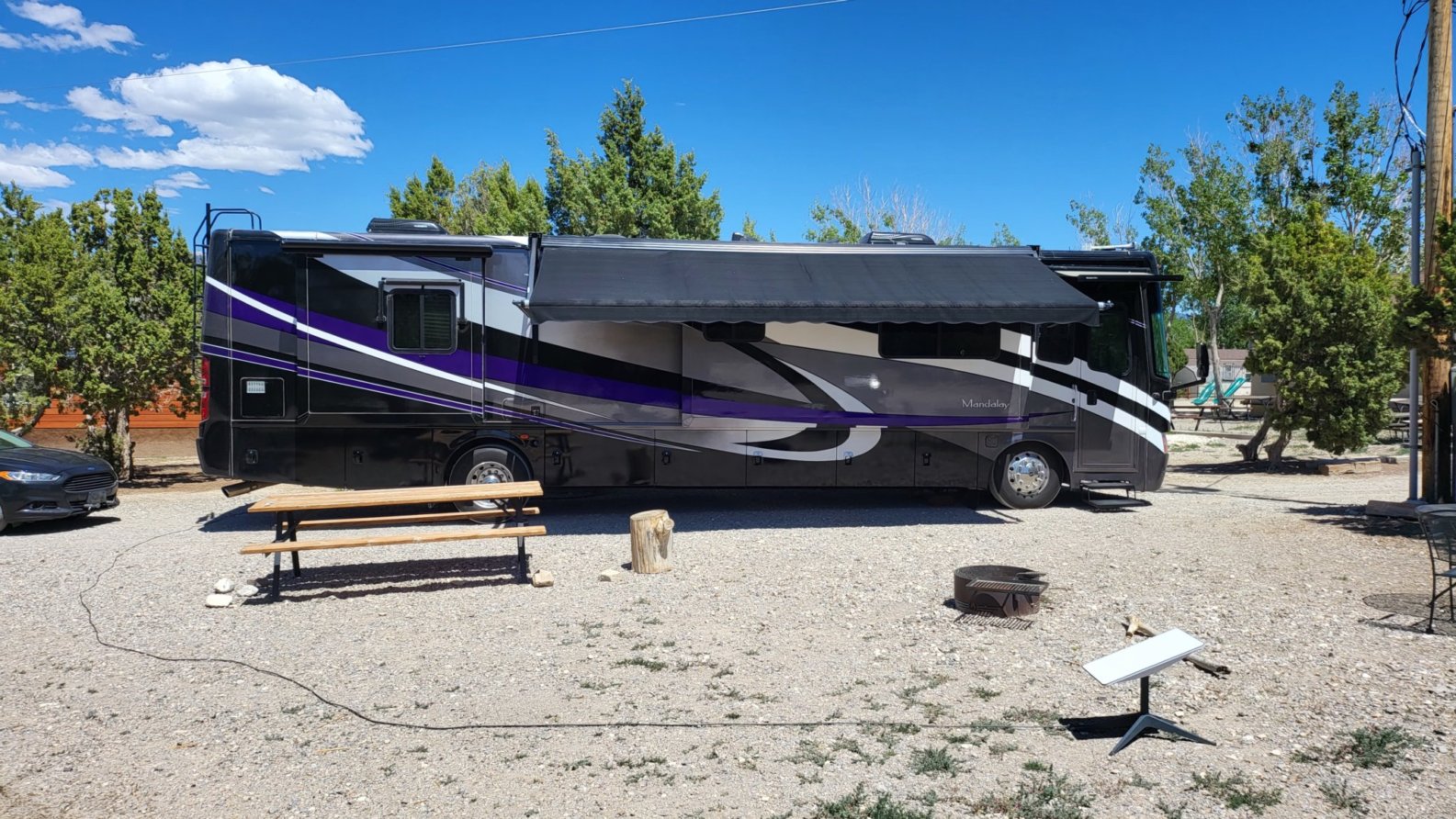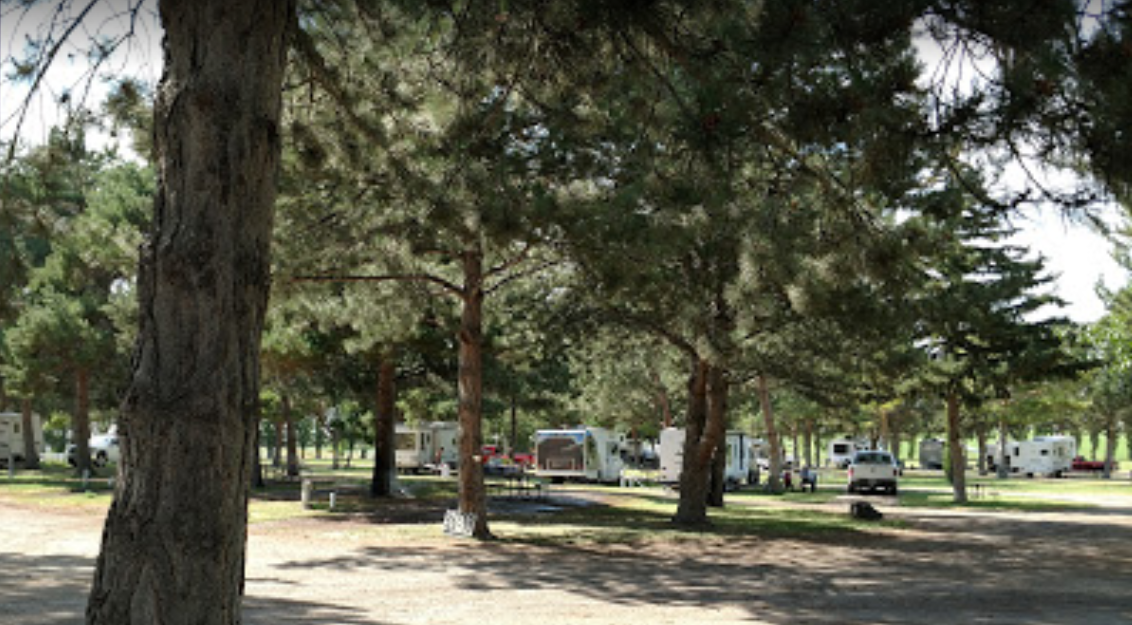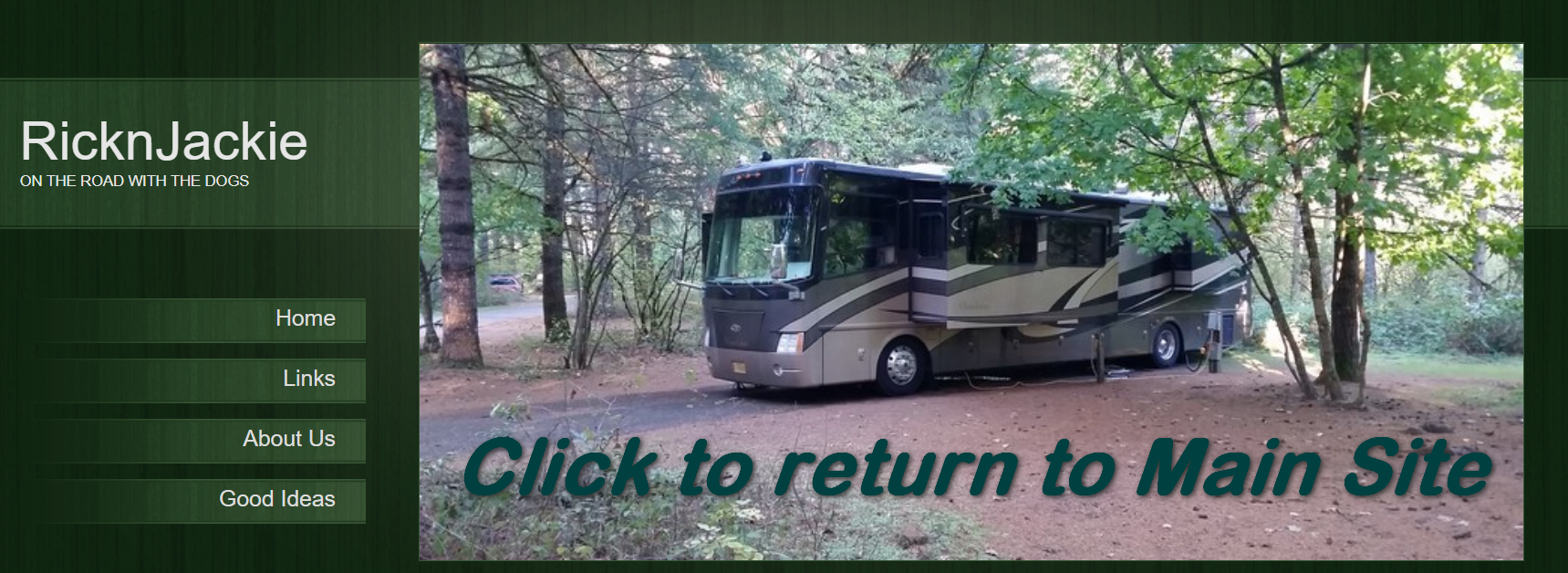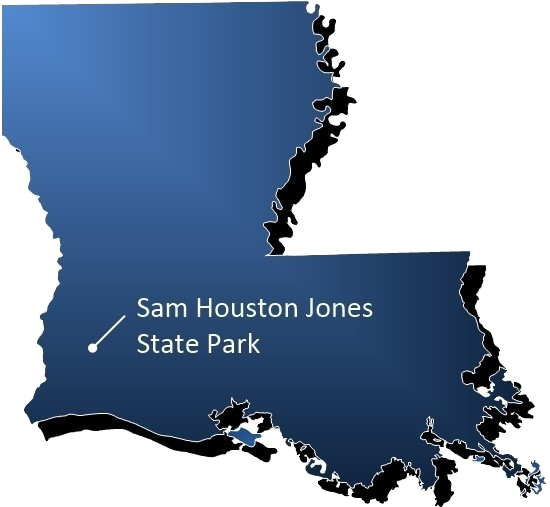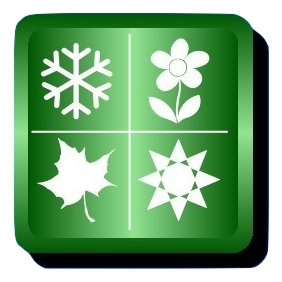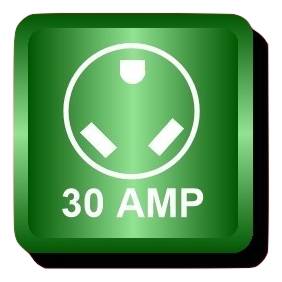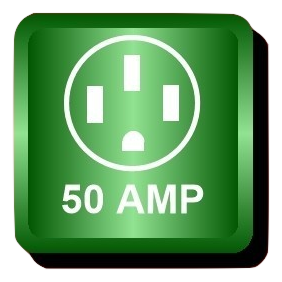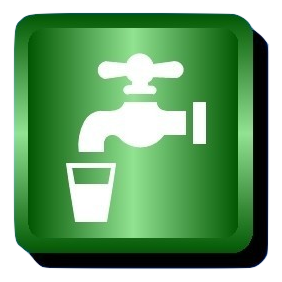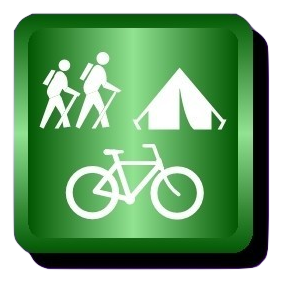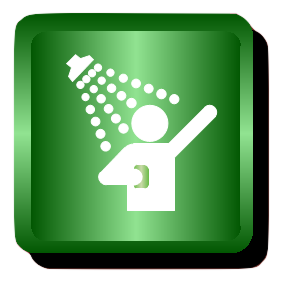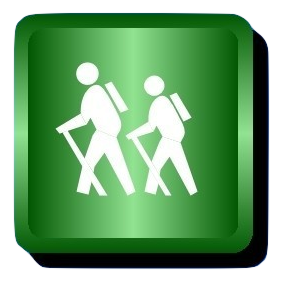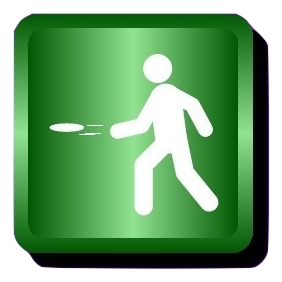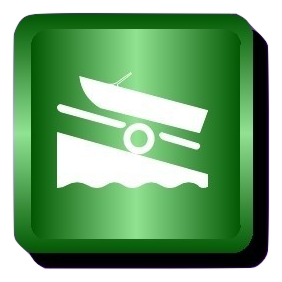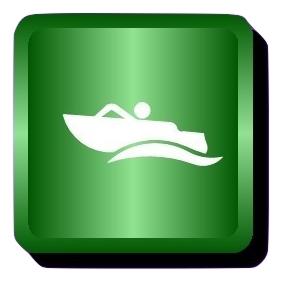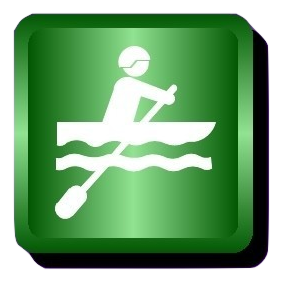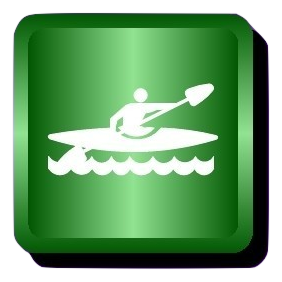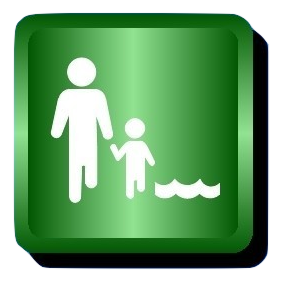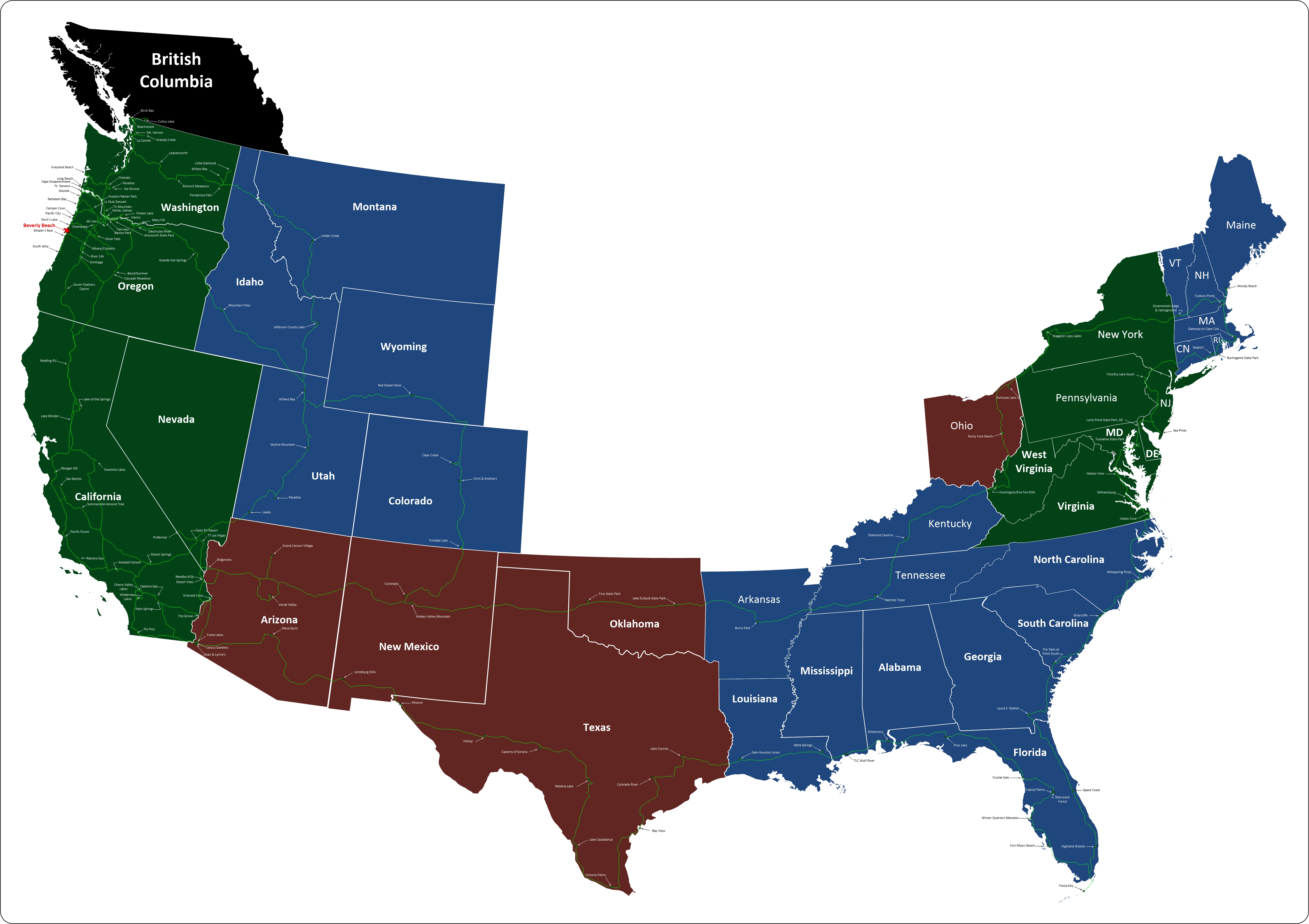Natchez Trace RV Campground, Hohenwald, Tennessee
Our original thought on choosing Natchez Trace to camp at was to visit Nashville, but we never made it there. We had planned on staying for six days and moving on toward Memphis, but the couple (Bud and Melanie) next to us at Diamond Caverns were heading there the day after us so we added four more days to spend more time visiting with them. (Also, Melanie was sewing us new curtains.) Another couple (Ron & Glenda) that we had met at Diamond Caverns also joined us a week later. On our first day there we checked out the store/cafe and met some of the local people who invited us to join them at their table for breakfast. That wound up being a daily thing. We also met three other couples there, one park ranger and his wife (Thomas & Pam), the other two (Bob & Debi) & (Rick & Kim) had also been at Diamond Caverns while we were there but we hadn't met them yet. With all the truly great people there, we added another four days to our stay.
When we arrived at the campground we went off in search of a full hook-up with 50 amps, but the only one available was in a bad location in the sun and at the time our AC wasn't working. So we then looked for a 30 amp full hookup site and found only a few of them, but they were also in full sun. So we found a great spot under the trees (I had to trim some branches while standing on the motorhome for us to back in) It was 30 amps and no septic hookup, but it was a great spot and there was a full hookup 30 amp spot that Bud and Melanie could use when they came the following day. Our park ranger friend (Thomas) set us up with a pumping service, so after five days we ponied up $10 bucks and got pumped out. When Ron & Glenda showed up, there were a few full hookup sites at the beach and we all moved over there. We occupied four of the seven beach sites for the Labor Day weekend. It was camping at its best. Thomas offered up his pontoon boat to use while he was working and once we took him up on his generous offer, we drove it back to the beach and picked up the rest of the clan and enjoyed a couple of hours out on the lake.
The weekend before Labor Day the campground hosted a charity auto show which featured mostly "Rat Rods". It was an interesting take on restoring old cars. The campground is also located right next to the Natchez Trace. The Natchez Trace is a 444-mile long national park. It's a road starting from Natchez, Mississippi extending north almost to Nashville. No commercial vehicles are allowed on the road and it has a 50 mph speed limit throughout. It followed a trail that pioneers used as they traveled north through the area. The site where Meriwether Lewis is buried is pretty close to the campground. That, and the Amish community nearby are just about the only thing to see near the campground as Nashville is about an hour and a half drive.
From what we understand about the campground is that the previous owners were going bankrupt when Thousand Trails picked it up. There are over 500 sites and it's very spread out. Because of the park's age, most of the sites are 30 amp without septic. Most of the facilities are rundown and are in need of a lot of work. There are only seven sites at the beach that are near the lake that are available for "transients", the rest of the lakefront site are annual sites. Hopefully, with enough annual sites, the park will be able to make the improvements that it desperately needs. The campground also has a lot of cabins, which we didn't learn much about. I think the number one draw to the campground is the people who live there, work there, and live nearby. Everyone we met was so nice. The other nice feature is the cafe that serves three meals a day with the best prices. Jackie and I both ate breakfast there every day for around six dollars together. I'm sure that the campground will continue making improvements and we're looking forward to our next visit.
Wooded RV Camp in Tennessee
A beautifully wooded RV camp in Tennessee is within reach when you book a Natchez Trace RV Camping trip. Don't forget your camera! This picturesque Tennessee RV campground features 830 acres of stunning views in a relaxing environment. There's also plenty to do at Natchez Trace. Take a pontoon tour on our 3-mile lake. Anglers can fish for bass, shellcracker, and crappie.
Exploring outside Natchez Trace RV Camping can be just as exciting. Located just southwest of Nashville, Natchez Trace RV Camping offers guests easy access to this active city full of nightlife, museums, live entertainment, theme parks and more. Furthermore, interesting day trips include Loretta Lynn's Dude Ranch in Hurricane Mills and the home of President James Polk in Columbia.
